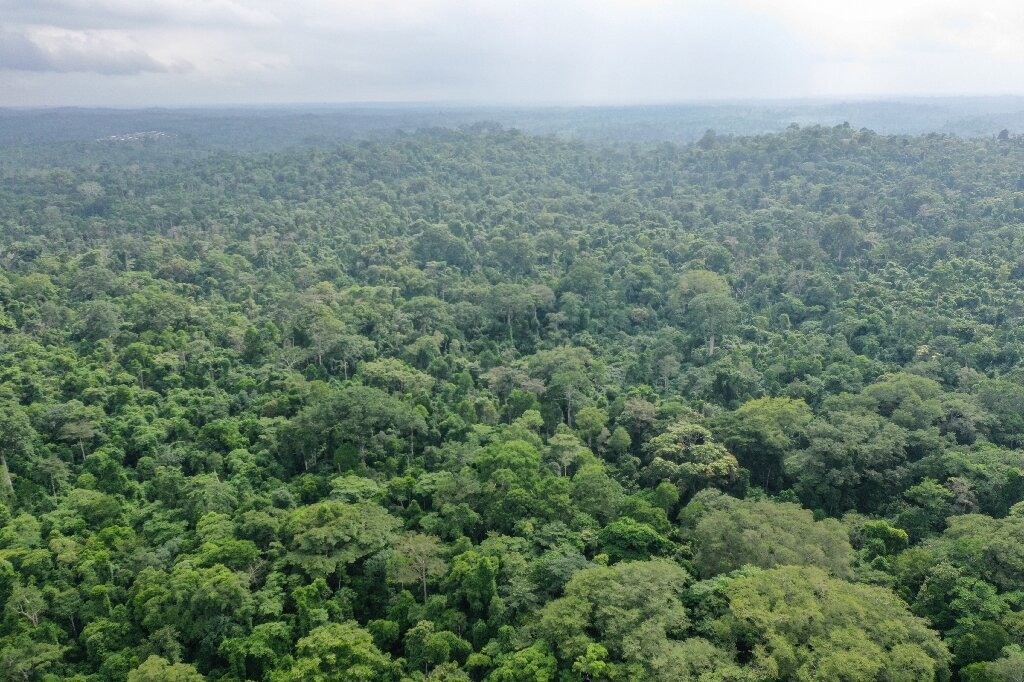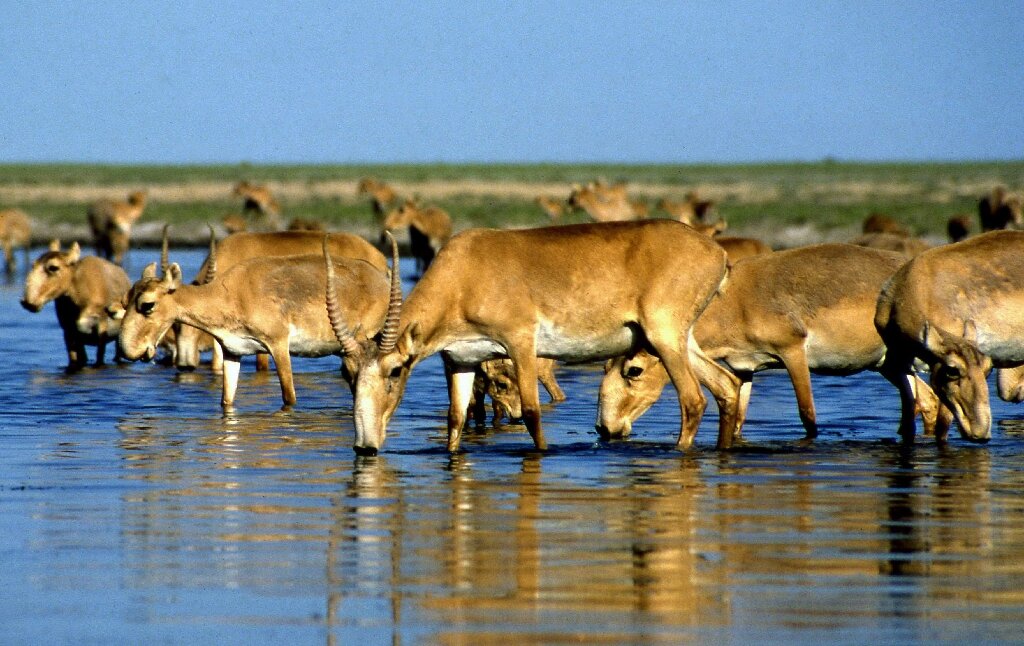#World meets protected areas target, quality needs improving

“#World meets protected areas target, quality needs improving”

The world has met a target set a decade ago to have large areas of land and marine environments protected or conserved by 2020, the UN said Wednesday, but stressed the need for better enforcement.
A report from the UN’s Environment Programme (UNEP) and the International Union for the Conservation of Nature (IUCN) showed that there are currently at least 22.5 million square kilometres of protected land and 28.1 million kilometres of protected oceans on Earth.
This is on target with the goal agreed by nations in 2010 to have at least 17 percent of land and 10 percent of the marine environment under official protection by 2020.
“Protected and conserved areas play a crucial role in tackling biodiversity loss, and great progress has been made in recent years on strengthening the global network of protected and conserved areas,” said Neville Ash, director of UNEP’s World Conservation Monitoring Centre.
Last year the UN warned that the world was on track to miss every single one of the 20 Aichi Targets set a decade ago aimed at limiting biodiversity and nature loss.
While Wednesday’s report shows progress in the form of more than 50 million km2 of land and ocean protected since 2010, it also highlighted a number of failures.
A third of key biodiversity areas globally lack any form of protection or conservation coverage, and less than 8 percent of land is both protected and connected.
The protection-connection combination is seen as crucial for conserving many of Earth’s threatened species.
The report called for better recognition of existing protected and conserved areas by accounting for the efforts of indigenous people and local communities, which “remain undervalued and underreported”, UNEP said.
It also said protection and conservation needed to be better managed and enforced.
“Designating and accounting for more protected and conserved areas is insufficient; they need to be effectively managed and equitably managed if they are to realise their many benefits and local and global scales,” said Ash.
Targets ‘achievable’
2021 is likely to be a crucial year for mankind’s interaction with nature, with the IUCN’s General Congress planned for September, ahead of the COP15 biodiversity summit in Kunming, China.
At that UN conference, delegates are expected to agree a post-2020 biodiversity framework that is expected to scale up coverage and effectiveness of protected areas.
Trevor Sandwith, the Director of IUCN’s Global Protected Areas Programme, told AFP that estimates of areas in need of conservation in order to reverse biodiversity loss vary between 28 and 50 percent of the planet.
“In other words, to protect nature we really need to protect a lot,” he said.
“That’s scary to many governments to think we need to lock up half the planet in protected areas.”
But Sandwith said that far greater areas than those officially designated as conserved are already being protected by local communities, indigenous people and private firms.
“(If) we actually apply the concept of protection and conservation to a much larger percentage of the planet we will achieve our goals.”
Scientists reveal urgent solutions for boosting Protected Areas effectiveness
© 2021 AFP
Citation:
World meets protected areas target, quality needs improving (2021, May 19)
retrieved 19 May 2021
from https://phys.org/news/2021-05-world-areas-quality.html
This document is subject to copyright. Apart from any fair dealing for the purpose of private study or research, no
part may be reproduced without the written permission. The content is provided for information purposes only.
If you liked the article, do not forget to share it with your friends. Follow us on Google News too, click on the star and choose us from your favorites.
For forums sites go to Forum.BuradaBiliyorum.Com
If you want to read more Like this articles, you can visit our Science category.



